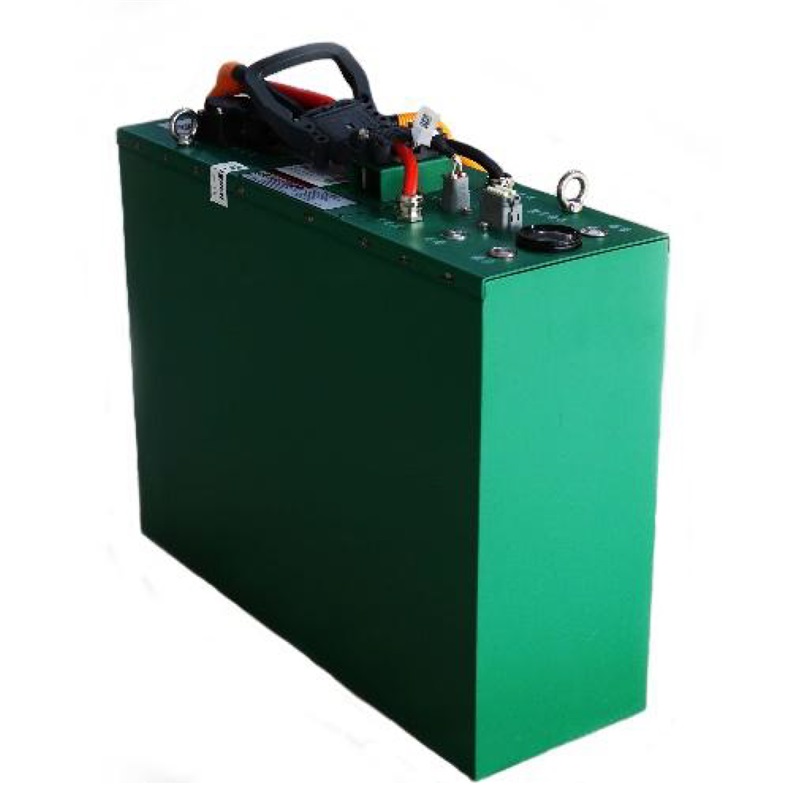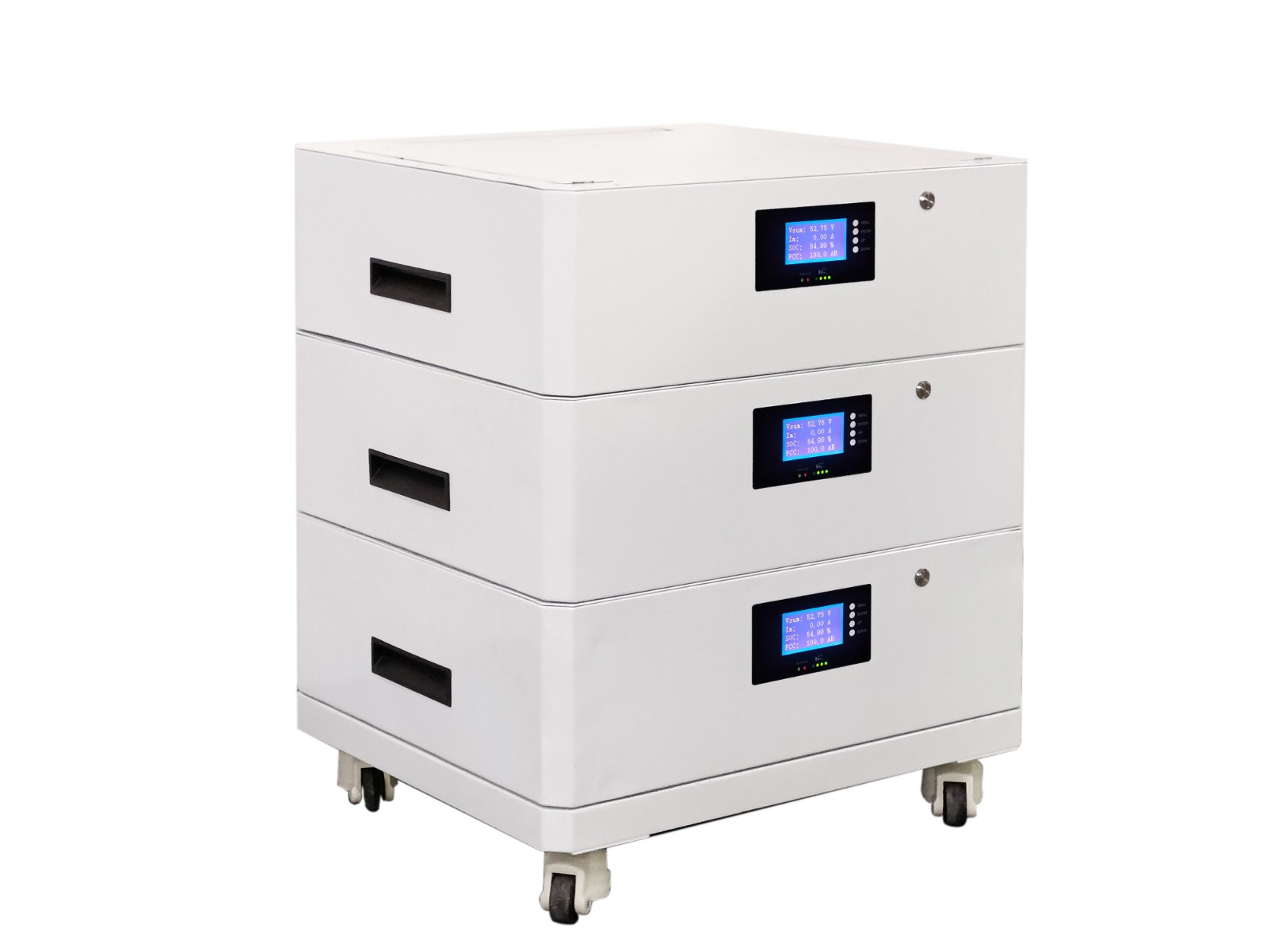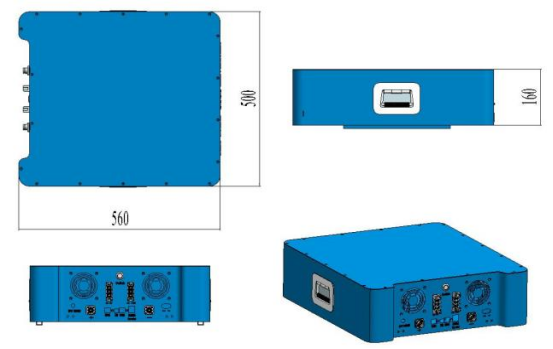Forklifts, also known as lift trucks or industrial trucks, are indispensable workhorses in various industries, enabling the movement and transportation of heavy materials with ease and efficiency. Central to the operation of these versatile machines are their batteries and chargers, which require proper care and maintenance to ensure optimal performance. In this comprehensive article, we will delve into the intricacies of forklift battery repair, explore the essential components of a forklift charger, and highlight best practices for maintaining both components to ensure the seamless functioning of your forklift fleet.
Forklift Battery Repair: Navigating Challenges and Solutions
Forklift batteries are typically lead-acid batteries, featuring lead plates immersed in a sulfuric acid solution. Over time, these batteries can experience wear and tear due to the repetitive charging and discharging cycles they undergo during forklift operations. Proper maintenance and timely repair are crucial to extend the lifespan of these batteries and avoid costly replacements. Let's delve into some common challenges associated with forklift battery repair and the solutions to address them:
1. Sulfation:
Sulfation occurs when lead sulfate crystals accumulate on the battery plates, reducing the battery's capacity and performance. To address sulfation, consider employing an equalizing charge, a controlled overcharge that helps break down these crystals and restore the battery's capacity.
2. Corrosion:
Corrosion of battery terminals and connectors can hinder the flow of electricity and compromise battery performance. Regularly cleaning and treating terminals with a mixture of baking soda and water can help prevent and mitigate corrosion.

3. Water Level Maintenance:
As discussed in the previous article, maintaining proper water levels is essential for optimal battery performance. Addressing low water levels promptly by adding distilled water to each cell can prevent overheating and extend battery life.
4. Cell Replacements:
In cases where individual battery cells fail, replacement may be necessary to restore overall battery functionality. Regular monitoring of individual cell voltages and addressing any significant deviations promptly can help prevent the need for extensive cell replacements.
5. Safety Precautions:
When performing battery repairs, it's vital to adhere to safety precautions. Wear appropriate protective gear, work in a well-ventilated area, and avoid contact with battery acid to ensure a safe repair process.
Understanding Forklift Chargers: Components and Functionality
Forklift chargers are essential components of the forklift ecosystem, responsible for replenishing the energy in forklift batteries. These chargers come in various sizes and types, each designed to suit different battery capacities and charging requirements. Here are the key components and functionalities of a forklift charger:
1. Voltage and Amperage Control:
Forklift chargers allow operators to control the charging voltage and amperage based on the battery's specifications. This customization ensures that the battery is charged optimally without risking overcharging.
2. Charging Cycles:
Chargers typically employ multi-stage charging cycles, including bulk charging, absorption charging, and float charging. These stages ensure efficient and controlled charging to extend battery life.

3. Automatic Shut-Off:
Modern forklift chargers often feature automatic shut-off mechanisms that prevent overcharging. Once the battery reaches its full charge, the charger switches to a maintenance or float charge mode to prevent damage.
4. Battery Monitoring:
Some chargers come equipped with monitoring features, such as temperature sensors and voltage measurement, to ensure safe and effective charging.
5. Energy Efficiency:
Efficiency is a key consideration for forklift chargers. Energy-efficient chargers can reduce electricity costs and contribute to sustainable operations.
Best Practices for Forklift Battery Repair and Charger Maintenance
To ensure the longevity and reliability of your forklift batteries and chargers, follow these best practices:
1. Regular Inspections:
Implement a routine inspection schedule for both batteries and chargers. Address any issues promptly to prevent minor problems from escalating into major repairs.
2. Proper Training:
Educate forklift operators and maintenance personnel about proper battery handling, charging procedures, and safety protocols. Knowledgeable personnel can identify and address issues effectively.
3. Scheduled Maintenance:
Establish a comprehensive maintenance program that includes tasks such as cleaning battery terminals, checking water levels, and verifying charger performance.
4. Environmental Considerations:
Store batteries and chargers in appropriate environments with proper ventilation and temperature control to prevent overheating or other damage.
Best Practices for Forklift Battery Repair and Charger Maintenance
To ensure the longevity and reliability of your forklift batteries and chargers, follow these best practices:
1. Regular Inspections:
Implement a routine inspection schedule for both batteries and chargers. Address any issues promptly to prevent minor problems from escalating into major repairs.

2. Proper Training:
Educate forklift operators and maintenance personnel about proper battery handling, charging procedures, and safety protocols. Knowledgeable personnel can identify and address issues effectively.
3. Scheduled Maintenance:
Establish a comprehensive maintenance program that includes tasks such as cleaning battery terminals, checking water levels, and verifying charger performance.
4. Environmental Considerations:
Store batteries and chargers in appropriate environments with proper ventilation and temperature control to prevent overheating or other damage.
5. Invest in Quality:
Choose high-quality batteries and chargers from reputable manufacturers. Investing in reliable equipment can minimize the frequency of repairs and replacements.
6. Documentation:
Maintain detailed records of battery repair and charger maintenance activities. This documentation can help track performance trends and guide future maintenance decisions.
Conclusion
Forklifts and their associated batteries and chargers form a critical nexus in material handling operations. By understanding the challenges and solutions related to forklift battery repair and recognizing the components and functionalities of forklift chargers, you can optimize the efficiency and longevity of your forklift fleet. Regular maintenance, proper training, and adherence to best practices are key to ensuring the seamless operation of your forklifts, contributing to enhanced productivity and safety within your industrial processes.
Next:Revolutionizing the Manufacturing Industry with Advanced Forklift Chargers
Previous:Forklift Battery Water Level
Contact Person: Miss. Kiki
| WhatsApp : | +8617763224709 |
|---|---|
| Skype : | +8617763224709 |
| WeChat : | +8617763224709 |
| Email : | kiki@lifepo4-battery.com |